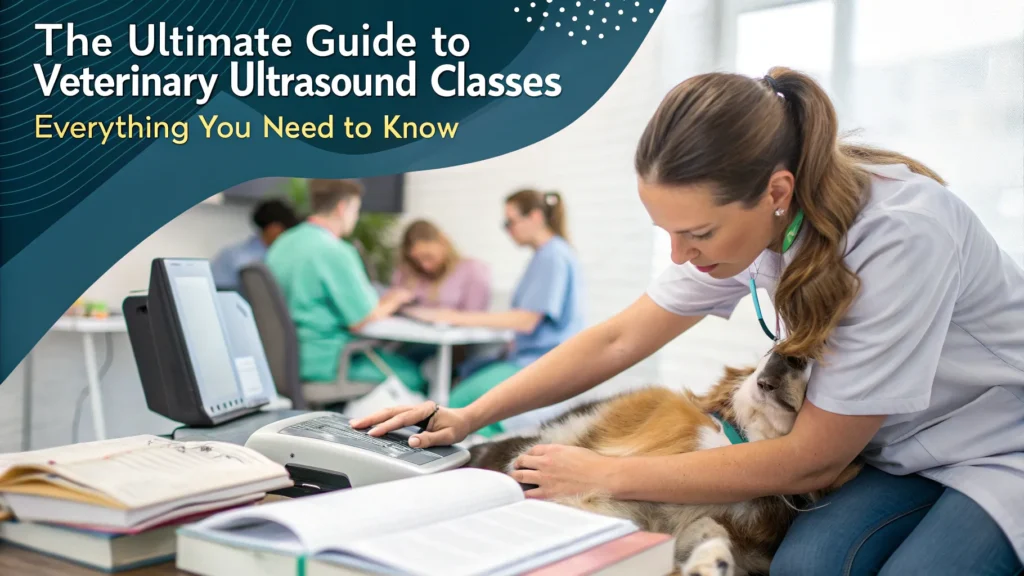Table of Contents
- 1. Benefits of Learning Veterinary Ultrasound
- 2. Veterinary Ultrasound Technology and Equipment
- 3. Types of Veterinary Ultrasound Classes
- 4. Choosing the Right Veterinary Ultrasound Class
- 5. What to Expect in Veterinary Ultrasound Classes
- 6. Hands-On Training in Veterinary Ultrasound
- 7. Certification and Accreditation for Veterinary Ultrasound
- 8. Job Opportunities and Career Prospects in Veterinary Ultrasound
- 9. Conclusion: Taking the Next Step in Your Veterinary Ultrasound Education
Are you interested in pursuing a career in veterinary ultrasound? Look no further! In this comprehensive guide, we will walk you through everything you need to know about veterinary ultrasound classes. Whether you’re a student looking to specialize in veterinary ultrasound or a practicing veterinarian wanting to expand your skillset, this guide is for you.
From understanding the fundamentals of ultrasound technology to mastering the interpretation of images, we will cover it all. You’ll discover the different types of ultrasound equipment used in veterinary medicine, along with their capabilities and limitations. We’ll also delve into the various applications of ultrasound, including diagnosing and monitoring conditions in small animals, farm animals, and even exotic creatures.
With insights from experienced veterinarians and ultrasound technicians, we’ll outline the essential skills you can expect to learn in veterinary ultrasound classes. Additionally, we’ll explore the different training programs available, from online courses to hands-on workshops, helping you find the right fit for your learning style and schedule.
Whether you’re just starting your journey or looking to advance your veterinary career, this ultimate guide will provide you with the knowledge and resources to thrive in veterinary ultrasound. Let’s get started!
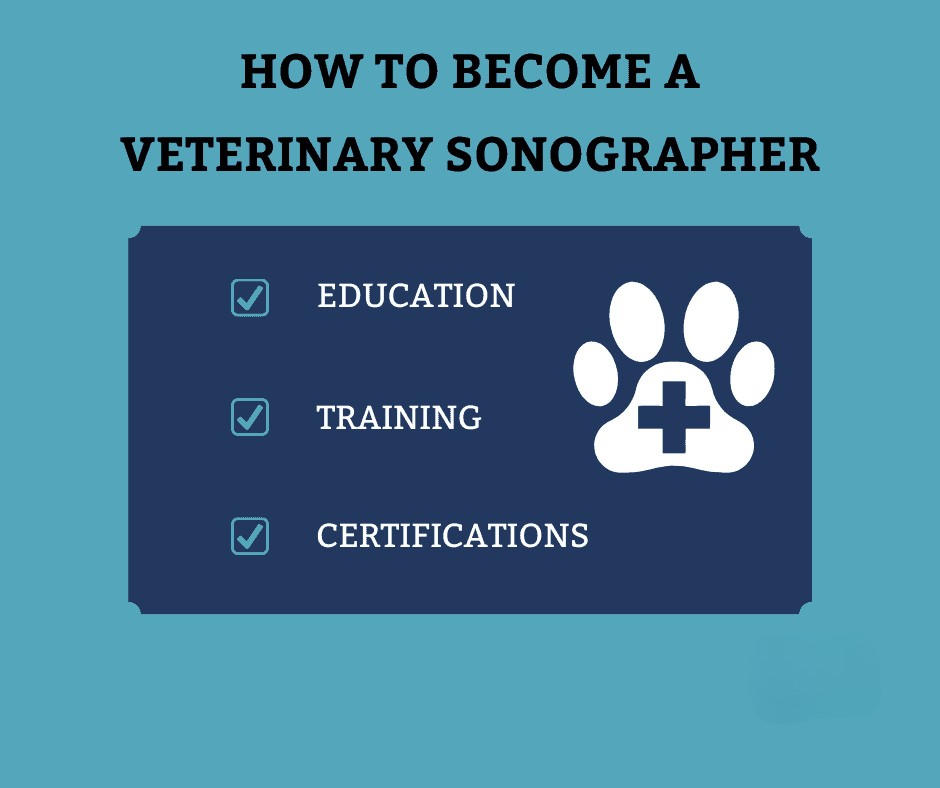
Benefits of Learning Veterinary Ultrasound
Veterinary ultrasound is an invaluable tool in modern veterinary medicine, offering numerous benefits to both practitioners and patients. One of the primary advantages of mastering ultrasound technology is the ability to provide non-invasive diagnostic capabilities. This means that many conditions can be assessed without the need for invasive procedures, reducing stress and discomfort for animals. The ability to visualize internal structures allows veterinarians to make more accurate diagnoses and tailor treatment plans to the specific needs of their patients. As a result, pets can receive timely interventions for conditions that might otherwise go unnoticed.
Another significant benefit of learning veterinary ultrasound is the enhancement of clinical skills. Through ultrasound training, veterinarians develop a deeper understanding of anatomy and physiology, which is crucial for effective diagnosis and treatment. This knowledge not only improves the quality of care provided to animals but also boosts a veterinarian’s confidence in their clinical decision-making. With a solid grasp of ultrasound techniques, practitioners can interpret images with greater accuracy, leading to better patient outcomes and a more efficient workflow in veterinary practices.
Furthermore, specializing in veterinary ultrasound can open up a wealth of career opportunities. As the demand for advanced imaging techniques continues to grow, veterinarians equipped with ultrasound skills are highly sought after. Whether working in small animal clinics, large animal practices, or referral hospitals, ultrasound-trained veterinarians can distinguish themselves in a competitive job market. Additionally, with the growing trend of telemedicine in veterinary care, the ability to perform and interpret ultrasound exams remotely adds another layer of value to this specialization.

Veterinary Ultrasound Technology and Equipment
Understanding the technology behind veterinary ultrasound is essential for anyone looking to specialize in this field. At its core, ultrasound technology utilizes sound waves to create images of internal structures. The fundamental component of an ultrasound system is the transducer, which emits sound waves and captures the echoes that bounce back from tissues. These echoes are then processed and converted into real-time images displayed on a monitor. Knowledge of how these systems work, including the settings and adjustments that can be made, is crucial for producing high-quality diagnostic images.
There are various types of ultrasound machines available in veterinary practices, each differing in capabilities and features. Portable ultrasound machines have gained popularity due to their convenience and ease of use, making them ideal for fieldwork, such as large animal examinations or mobile veterinary services. Conversely, stationary ultrasound machines often offer higher resolution images and advanced functionalities, such as Doppler imaging, which allows for the assessment of blood flow. Familiarity with different types of equipment and their applications is an essential part of any veterinary ultrasound training.
Moreover, understanding the limitations of ultrasound technology is equally important. While ultrasound is an effective diagnostic tool for many conditions, it is not a one-size-fits-all solution. Factors such as patient size, body condition, and the presence of gas or fluid can affect image quality and interpretation. This knowledge enables practitioners to choose the most appropriate diagnostic methods and to communicate effectively with pet owners about the capabilities and limitations of ultrasound evaluations.
[custom_product_display title=”Portable Veterinary Ultrasound Scanner” image=”https://pophaw.com/wp-content/uploads/2024/12/image_1-1.webp” description=”Pophaw portable veterinary ultrasound scanner with 3.5 MHz mechanical sector probe was designed for animal use.” link=”https://pophaw.com/product/portable-veterinary-ultrasound-scanner/” price=”$479.00″ rating=”4.9″ pros=”” cons=”” button_text=”Shop Now”]
Types of Veterinary Ultrasound Classes
When it comes to pursuing veterinary ultrasound training, there are various types of classes available to cater to different learning preferences and schedules. Online courses have become increasingly popular, providing flexibility for busy professionals or students. These courses often include instructional videos, reading materials, and quizzes to ensure comprehension of the key concepts. Online learning can be an excellent option for those who may not have access to in-person training or who prefer to learn at their own pace.
In-person workshops and seminars offer another avenue for veterinary ultrasound education. These classes typically provide hands-on experience with ultrasound equipment under the guidance of experienced instructors. Participants have the opportunity to practice scanning techniques on live animals, which is invaluable for developing the necessary skills. Networking with peers and instructors during these sessions can also lead to valuable connections within the veterinary community, enhancing future career prospects.
Additionally, some veterinary schools and colleges offer specialized ultrasound programs as part of their curriculum. These programs may include comprehensive courses that cover both theoretical knowledge and practical application. Students enrolled in degree programs can benefit from access to advanced equipment and resources, as well as mentorship from faculty members with expertise in veterinary imaging. Choosing the right type of class depends on individual goals, previous experience, and the desired level of hands-on training.
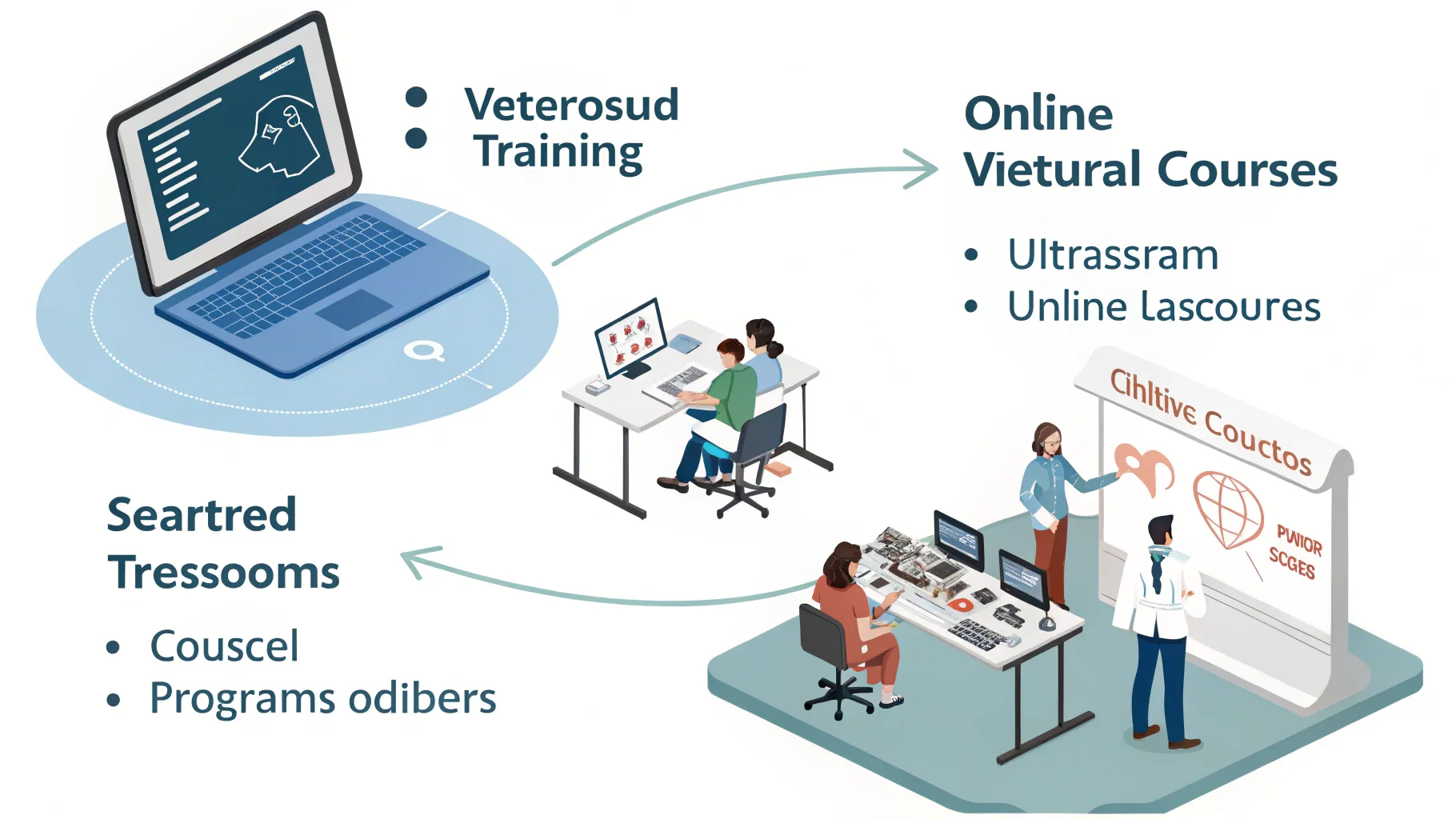
Choosing the Right Veterinary Ultrasound Class
Selecting the right veterinary ultrasound class can be a daunting task, given the variety of options available. One of the most critical factors to consider is the instructor’s qualifications and experience. Opting for classes taught by seasoned veterinarians or certified ultrasound technicians can significantly enhance the quality of education received. Researching the background of instructors and reading reviews from previous students can provide insight into the effectiveness of a program.
Another important consideration is the curriculum offered by the class. It is essential to ensure that the course covers all the necessary topics, including basic ultrasound physics, anatomy, and hands-on scanning techniques. Some programs may also offer specialized modules focusing on specific species or conditions, which may be beneficial depending on your area of interest. Evaluating the course content against your career goals will help you find a program that aligns with your aspirations.
Finally, consider the logistics of the class, including location, duration, and cost. While online classes offer convenience, in-person workshops may provide more thorough training in a shorter time frame. Additionally, some programs may offer financial assistance or flexible payment options, making it easier to invest in your education. Taking the time to weigh these factors will ultimately lead to making an informed decision that suits your needs and sets you on the path to success in veterinary ultrasound.
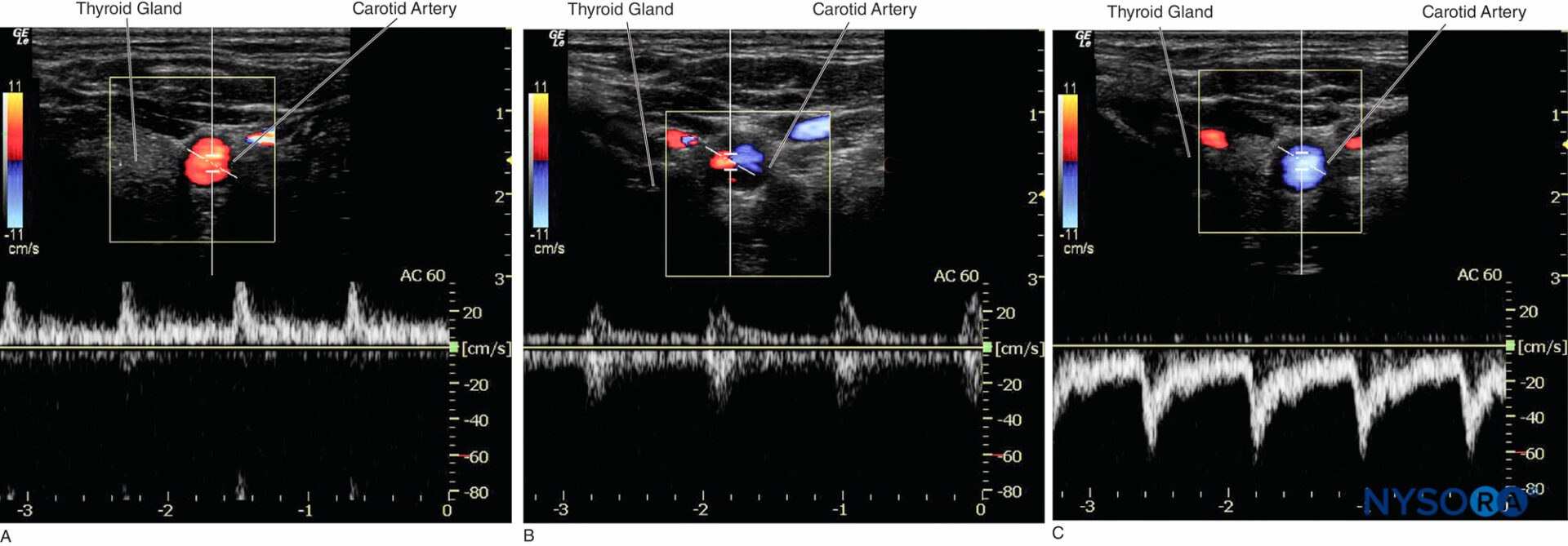
What to Expect in Veterinary Ultrasound Classes
Veterinary ultrasound classes typically begin with foundational knowledge regarding the principles of ultrasound technology. Students will learn about the physics of sound waves, the operation of ultrasound machines, and how various settings can affect image quality. This foundational understanding is crucial, as it lays the groundwork for more advanced topics. Expect to engage in discussions about the different types of ultrasound imaging, such as 2D and Doppler imaging, as well as their specific applications in veterinary practice.
As the course progresses, students move into hands-on training where they will practice scanning techniques. This phase is often the most exciting part of the learning experience, as it allows students to apply theoretical knowledge in real-world scenarios. Under the guidance of experienced instructors, participants will practice on live animals, developing their skills in obtaining and interpreting ultrasound images. This hands-on experience is invaluable for building confidence and proficiency, as well as understanding the nuances of working with different species.
Finally, assessment and feedback play a significant role in veterinary ultrasound classes. Students can expect to be evaluated through practical exams, written tests, and possibly even case studies. Constructive feedback from instructors is crucial for identifying areas for improvement and for refining scanning techniques. Many classes also incorporate discussions about real-life case scenarios, encouraging critical thinking and problem-solving skills that are essential for a successful career in veterinary medicine.
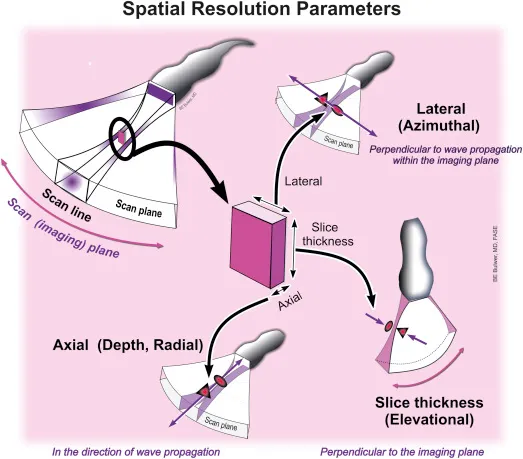
Hands-On Training in Veterinary Ultrasound
Hands-on training is a cornerstone of effective veterinary ultrasound education. The practical aspect of learning to use ultrasound equipment allows students to gain firsthand experience in acquiring and interpreting images. During hands-on sessions, students typically work in small groups, ensuring that everyone has ample opportunity to practice their scanning techniques. This collaborative environment fosters learning and allows participants to share tips and insights with one another.
In addition to practicing on live animals, students may also engage in simulated scenarios using models or phantom animals. These simulations provide a safe and controlled environment for making mistakes and learning from them without the pressure of working with real patients. Such training is especially beneficial for mastering specific techniques, such as measuring organ sizes or identifying abnormal structures. The emphasis on hands-on experience helps bridge the gap between theory and practice, equipping students with the skills they need for their future careers.
Furthermore, hands-on training is often complemented by mentorship from experienced professionals. Instructors with extensive backgrounds in veterinary ultrasound not only provide guidance during practical sessions but also share valuable insights from their own careers. This mentorship can be instrumental in shaping a student’s approach to veterinary imaging and can instill a sense of professionalism and ethical responsibility. Building a strong foundation of skills and knowledge through hands-on training ultimately positions students for success in their veterinary careers.
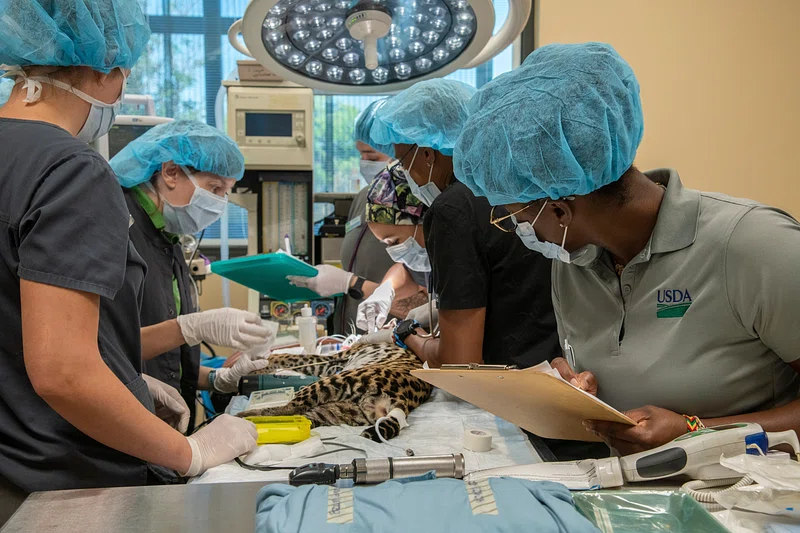
Certification and Accreditation for Veterinary Ultrasound
Certification in veterinary ultrasound serves as a testament to a practitioner’s expertise and commitment to the field. Various organizations offer certification programs for veterinarians and veterinary technicians specializing in ultrasound. These programs typically require candidates to complete a certain number of training hours, pass a comprehensive exam, and demonstrate proficiency in ultrasound techniques. Achieving certification not only enhances a professional’s credentials but also instills confidence in pet owners seeking specialized care for their animals.
Accreditation of training programs is another important consideration when choosing a veterinary ultrasound class. Accredited programs meet specific educational standards set by recognized veterinary organizations, ensuring that students receive quality training. Attending an accredited program can be beneficial when seeking certification, as many certifying organizations require candidates to have completed training from accredited institutions. This adds an extra layer of credibility to the education received, which can be advantageous in a competitive job market.
Additionally, staying current with advancements in veterinary ultrasound technology is crucial for maintaining certification. Many professional organizations require certified individuals to participate in continuing education to keep their skills sharp and up to date. This ongoing education ensures that veterinarians remain aware of the latest techniques, equipment, and best practices in ultrasound imaging. By committing to lifelong learning and professional development, practitioners can continue to provide the highest level of care to their patients.
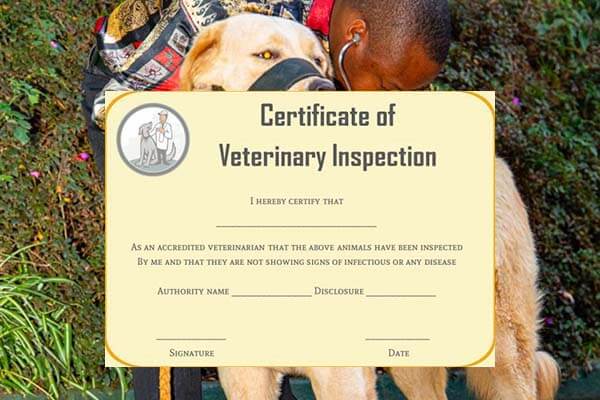
Job Opportunities and Career Prospects in Veterinary Ultrasound
The demand for veterinary ultrasound professionals is on the rise, offering a wealth of career opportunities in various settings. Veterinarians who specialize in ultrasound can find positions in small animal clinics, referral hospitals, and specialty practices. These roles often involve working closely with other veterinary professionals, including surgeons and internists, to provide comprehensive care for patients. As ultrasound becomes a standard diagnostic tool in veterinary medicine, the need for skilled practitioners continues to grow.
In addition to clinical roles, individuals trained in veterinary ultrasound may also explore teaching or training positions. As the field evolves, there is a growing need for educators who can pass on their knowledge to the next generation of veterinary professionals. Teaching positions may be available at veterinary schools, community colleges, or through specialized training programs. Sharing expertise in ultrasound technology can be incredibly rewarding and offers the chance to shape the future of veterinary imaging.
Moreover, the emergence of telemedicine in veterinary care has created new avenues for ultrasound specialists. As remote consultations become more common, the ability to perform and interpret ultrasound exams from a distance is increasingly valuable. Veterinary professionals with ultrasound expertise can provide consultations and support to clinics in underserved areas, enhancing access to advanced diagnostics. This evolving landscape presents exciting prospects for those looking to build a fulfilling career in veterinary ultrasound.

Conclusion: Taking the Next Step in Your Veterinary Ultrasound Education
Embarking on a journey to learn veterinary ultrasound is an enriching and rewarding endeavor that can significantly impact your career in veterinary medicine. With its numerous benefits, from non-invasive diagnostics to the potential for specialization, ultrasound is an essential skill for modern veterinarians. By understanding the technology, exploring available classes, and engaging in hands-on training, you can build a solid foundation in veterinary ultrasound that will serve you throughout your professional life.
As you consider your options for education and training, remember to evaluate the quality of the programs available, the qualifications of instructors, and the potential career paths that await you. Achieving certification and staying committed to ongoing education will enhance your expertise and open doors to new opportunities. The veterinary field is dynamic, and those who invest in their education will be well-positioned for success.
In conclusion, whether you are just starting your journey or looking to advance your skills, veterinary ultrasound classes offer a pathway to excellence in veterinary care. By taking the next step in your education, you are not only investing in your career but also in the well-being of the animals you serve. Embrace this opportunity to grow, learn, and make a difference in the lives of pets and their owners.

